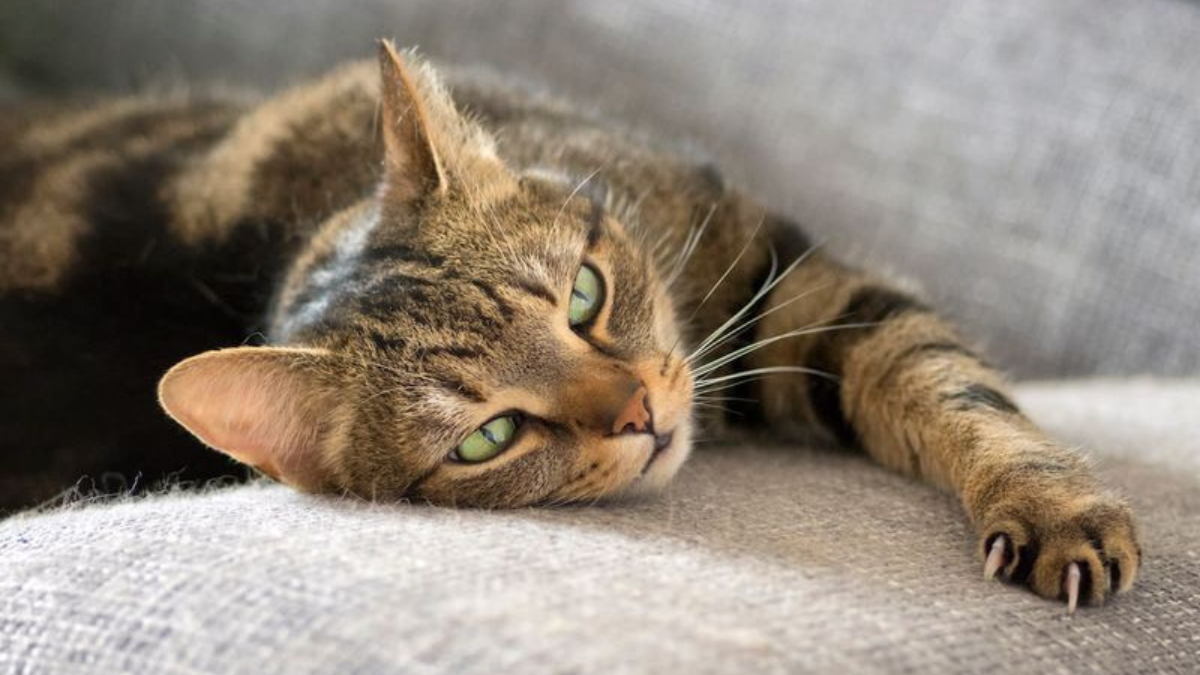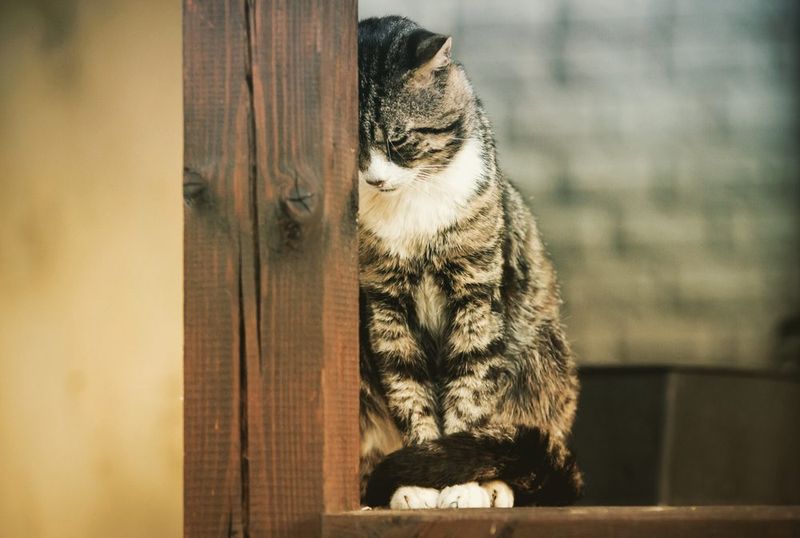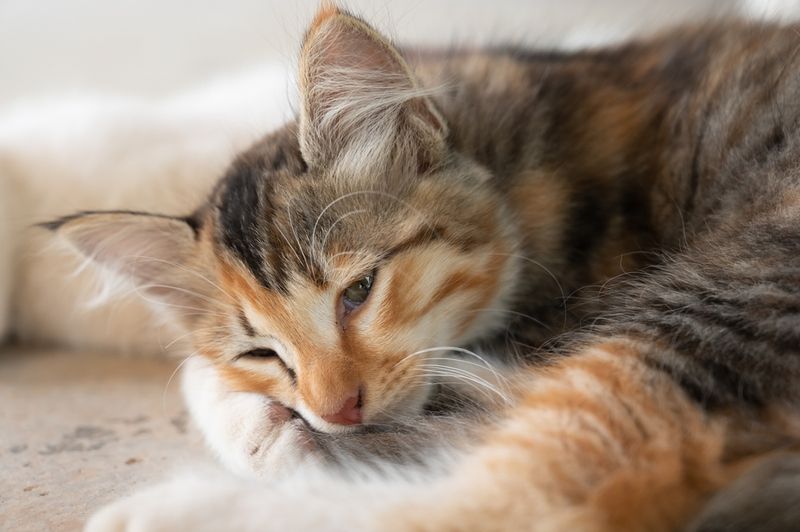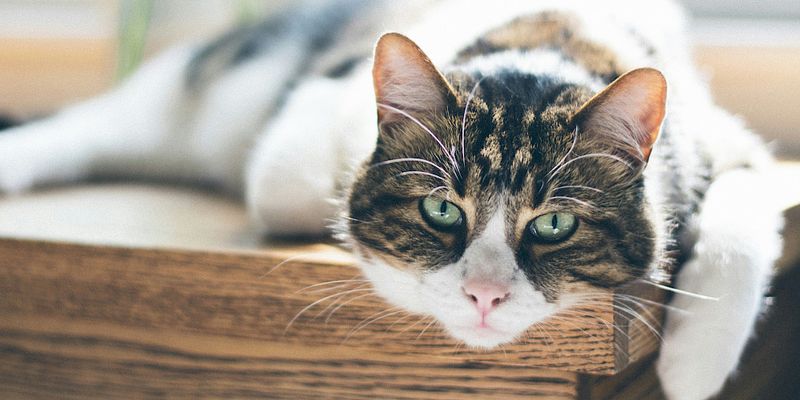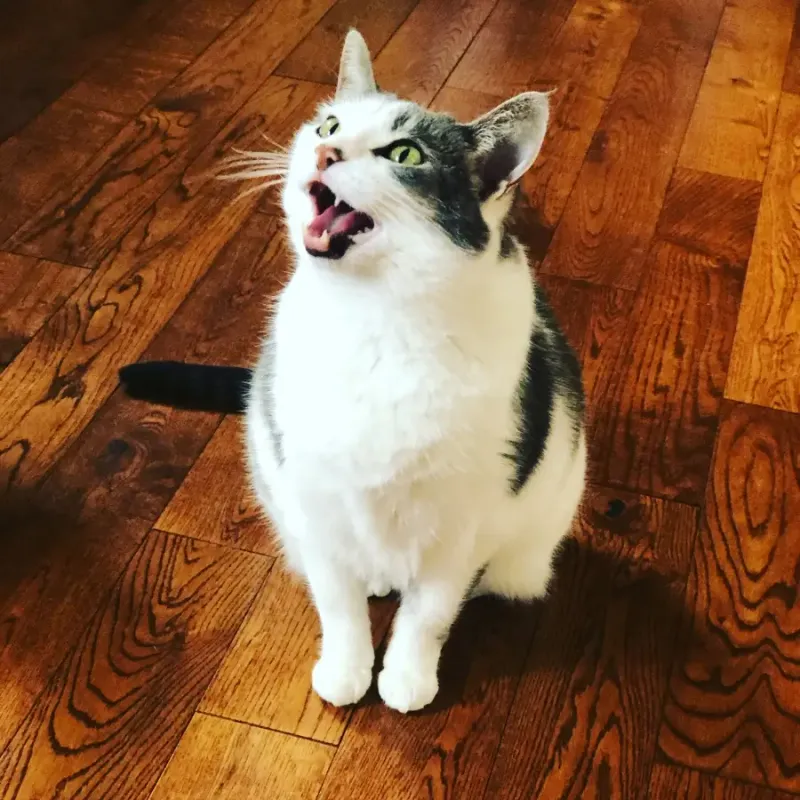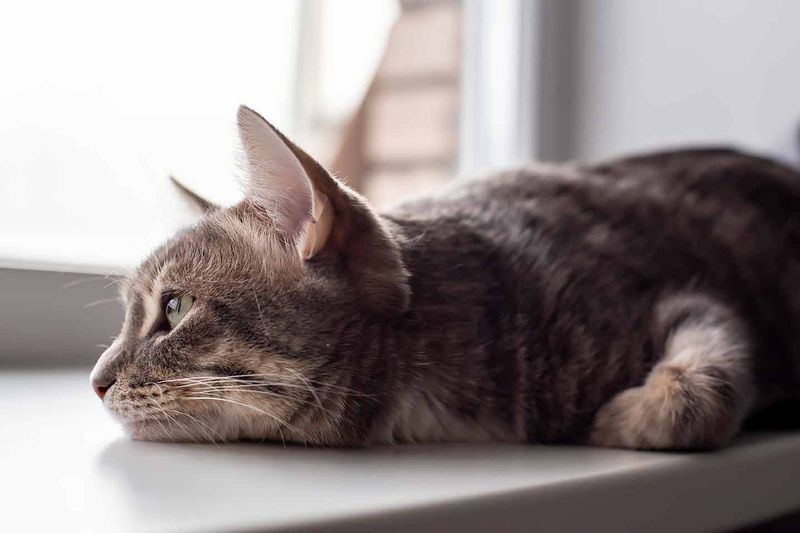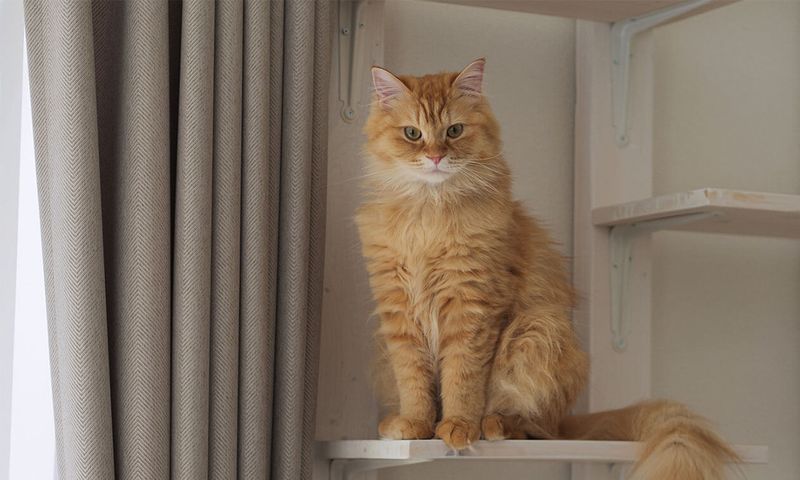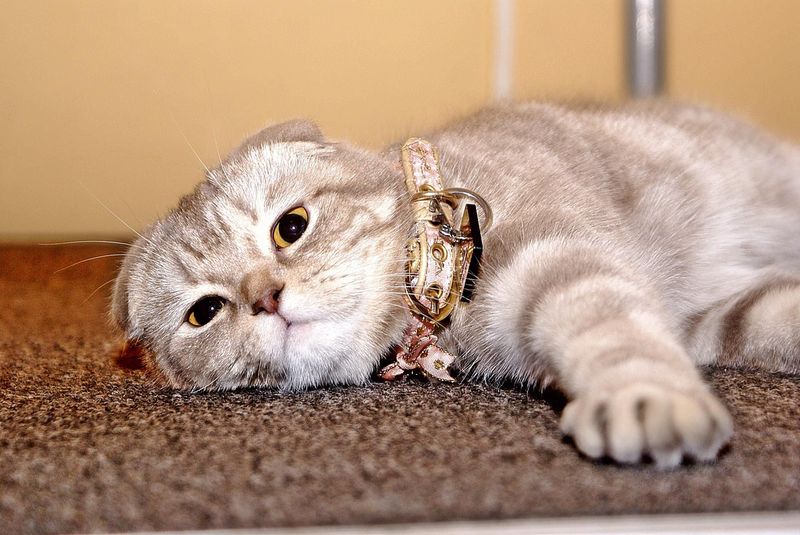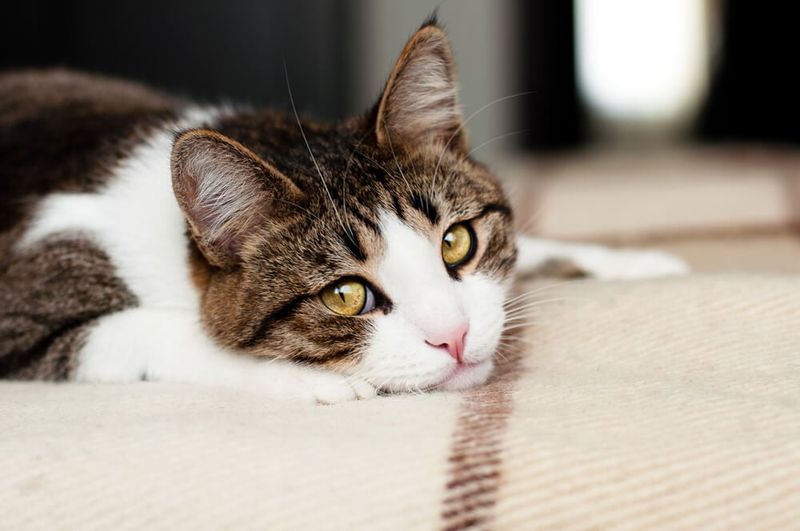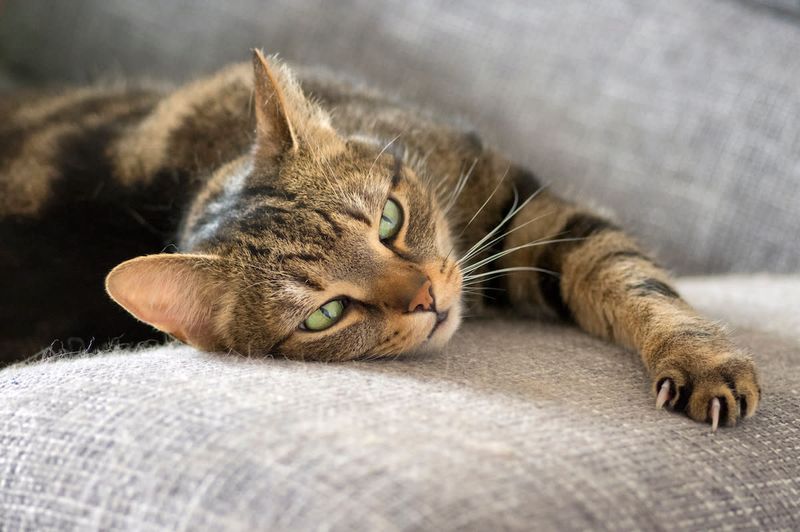📖 Table of Content:
- 1. Independence in Nature
- 2. Subtle Emotional Cues
- 3. Changes in Eating Habits
- 4. Affinity for Familiar Spaces
- 5. Increased Vocalization
- 6. Heightened Sensitivity
- 7. Retreating to High Places
- 8. Affection Towards Objects
- 9. Withdrawal from Social Interactions
- 10. Sudden Playfulness
- 11. Clinginess to Humans
Cats experience grief in ways that are often subtle and easily overlooked. Unlike more expressive animals, their emotions tend to surface through changes in behavior rather than vocal displays. This quiet reaction can make it difficult to recognize when a cat is mourning.
Feline grief may appear through altered routines, reduced appetite, or withdrawal from social interaction. These signs can be mistaken for illness or personality shifts, yet they often signal emotional distress. Understanding these behaviors is key to offering comfort during difficult times.
Each cat copes with loss in a unique way, influenced by their personality, environment, and bond with the one they lost. Whether it’s a fellow pet or a beloved human, the absence leaves a noticeable mark. Recognizing and respecting a grieving cat’s needs can help support their healing process.
1. Independence in Nature
Cats are known for their independence, a trait that plays a significant role in how they handle grief. Unlike dogs, who thrive on social connections, cats often prefer solitude during their grieving process. This independence allows them to retreat into their own world and process emotions in their own time.
A grieving cat might spend more time alone, reflecting on its loss. This solitude isn’t avoidance but a natural way for cats to cope. Their self-sufficient nature means they don’t rely on external validation and comfort, which shapes their unique grieving journey.
2. Subtle Emotional Cues
Unlike dogs, cats don’t typically show obvious signs of grief. They may appear withdrawn, less engaged, or uninterested in activities they once enjoyed. Their natural instinct to mask vulnerability makes these emotional changes subtle and easily overlooked.
Owners might notice changes in their cat’s behavior, such as decreased appetite or a reluctance to engage. These gentle signals are their way of expressing sorrow. Understanding these cues helps in providing the support they need during this emotional time, acknowledging their quieter form of mourning.
3. Changes in Eating Habits
Grief can manifest in various ways for cats, including changes in their eating habits. It’s not uncommon for a grieving cat to lose its appetite or pick at its food more than usual. This change is a reflection of their emotional state, akin to how humans might lose interest in meals when feeling down.
A grieving cat might also show preference for different foods, seeking comfort in certain flavors. Observing these changes is crucial, as it offers insight into their emotional well-being, allowing for adjustments to support their healing process.
4. Affinity for Familiar Spaces
In moments of loss, cats typically retreat to spaces that feel familiar and soothing. They may curl up in a spot once shared with a companion or one that’s long been a personal refuge. Familiarity brings a quiet sense of reassurance.
This behavior reflects their need for stability, as the familiar surroundings offer a refuge from their distress. Owners can support their cats by ensuring these spaces remain accessible and undisturbed, understanding that these cherished places play a vital role in their coping mechanism.
5. Increased Vocalization
Vocal changes can be one of the clearer signs that a cat is grieving. Louder or more frequent meowing may be an attempt to gain comfort or make sense of their emotions. These vocalizations can be their version of asking for support.
The tones and patterns of their meows might change, reflecting their emotional state. Paying attention to these vocal cues can provide insights into their needs and feelings, allowing owners to offer the right support and companionship during such times.
6. Heightened Sensitivity
Emotional distress can make cats more reactive to minor changes around them. What once was a quiet background sound may now cause visible startle responses. This increased sensitivity is often tied to feelings of insecurity.
Owners should approach their grieving cats gently, acknowledging this sensitivity by maintaining a calm and soothing environment. By recognizing and respecting their heightened perceptions, we can help ease their emotional discomfort and provide the comfort they seek.
7. Retreating to High Places
Seeking height is a common behavior in grieving cats. Perching in elevated areas helps them feel more secure and less exposed. It’s a quiet way of coping while still staying aware of their surroundings.
From these elevated spots, cats can observe their environment without feeling threatened. It’s a natural way for them to cope with grief, providing a retreat where they can feel at peace while navigating their emotions. Encouraging such behavior can support their healing process.
8. Affection Towards Objects
Grieving cats often show affection towards inanimate objects, such as a favorite toy or blanket. This behavior is a way for them to connect with something familiar, offering comfort and a link to happier times.
The object might hold the scent or memory of a lost companion, making it a focal point for their affection. Owners can support their cats by ensuring these objects are accessible, understanding their importance in the healing journey. This behavior reflects their unique way of coping with loss and finding solace.
9. Withdrawal from Social Interactions
In times of grief, cats might withdraw from social interactions, preferring solitude over company. This withdrawal isn’t a sign of animosity but rather a need to process emotions independently.
Unlike dogs, who often seek comfort from their human companions, cats tend to turn inward. Understanding this need for space is vital, as it allows them to grieve in their own time and way. By respecting their privacy, owners can provide the support their cat requires, allowing them to heal and eventually re-engage with their surroundings.
10. Sudden Playfulness
Though it may seem contradictory, some grieving cats exhibit sudden bursts of playfulness. This behavior can be a temporary escape from their emotional pain, offering a momentary distraction.
Engaging in play allows them to express pent-up energy and emotions, providing a brief respite from their sadness. Owners can encourage this behavior by offering toys and interactive activities, understanding that play can be a therapeutic outlet. This unexpected playfulness is a unique aspect of feline grief, highlighting their resilience and adaptability.
11. Clinginess to Humans
In contrast to their usual independence, some grieving cats may become clingy, seeking closeness with their human companions. This behavior reflects their need for reassurance and comfort during emotional distress.
A grieving cat might follow its owner around the house, seeking physical closeness and attention. Understanding this behavior is crucial, as it allows owners to provide the love and support their cat craves. By offering companionship and gentle affection, we can help them navigate through their grief with a sense of security.
